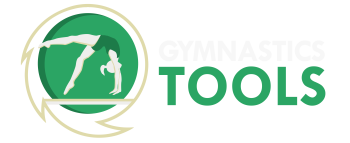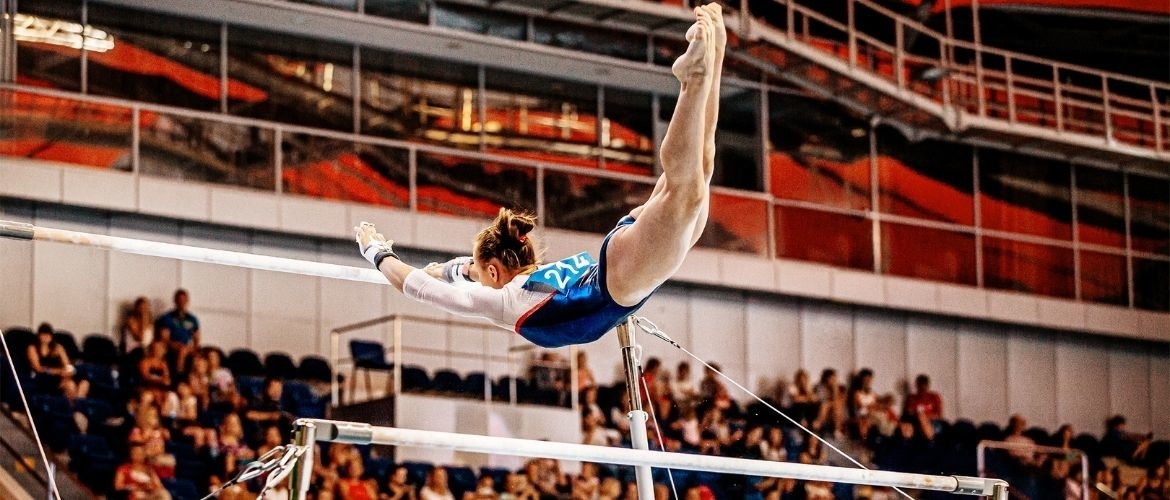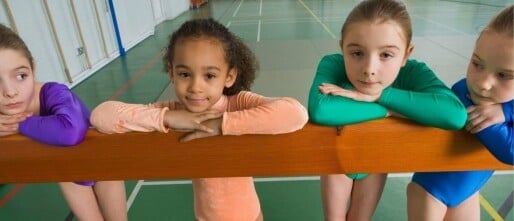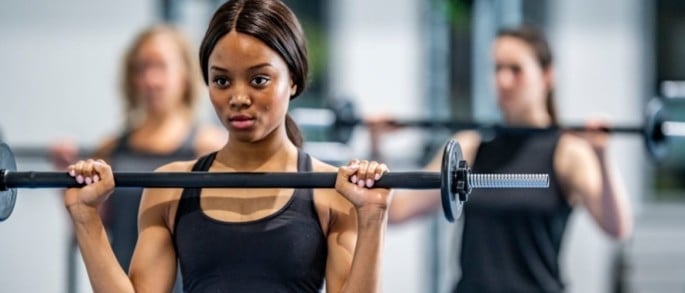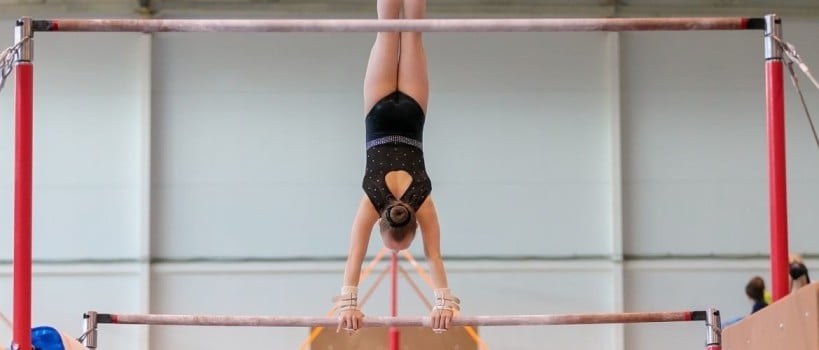Coordination, flexibility, endurance, speed and strength. These are the conditional requirements for your Sports Performance Ability. The training must be composed of all these components to meet the physical conditions for learning a skill. Often trainers focus only on strength and agility, but this is only part of the conditional requirements. With this article, I want to discuss all parts of the sports performance ability and give advice on how to apply this in the training.
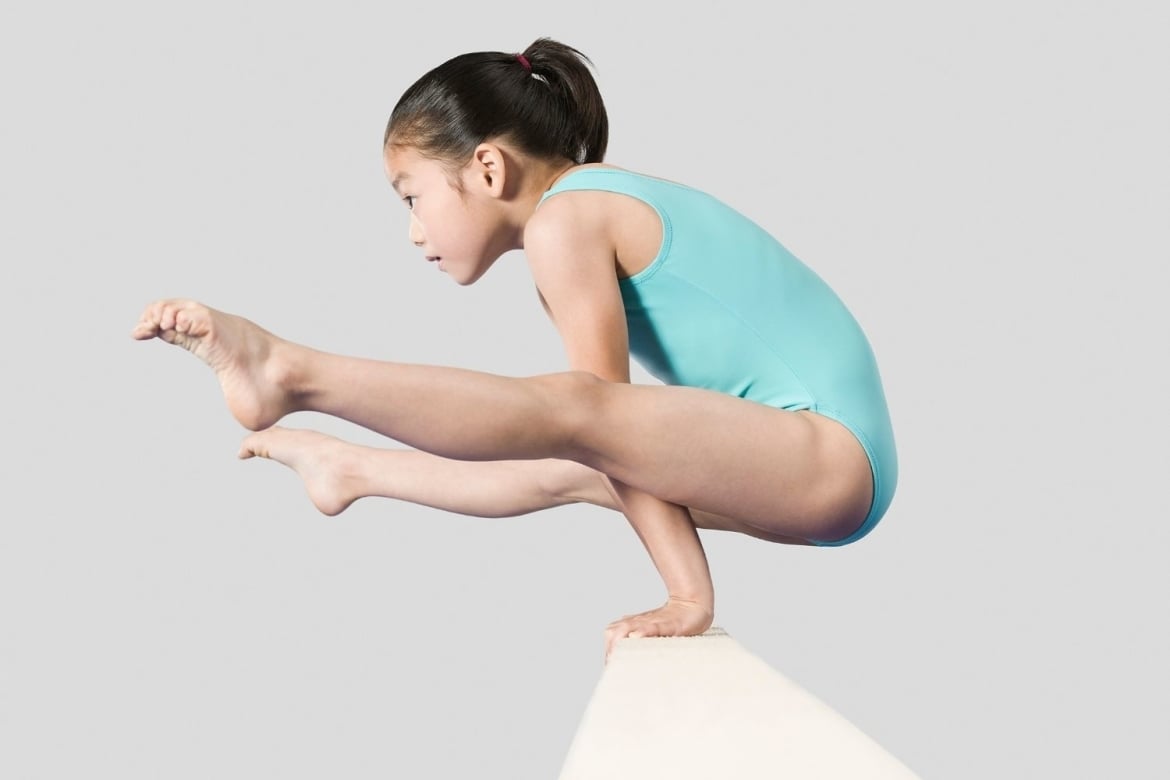
Coordination
Coordination is the conjunction of the motor system (including the muscles) and the balance organ to move in space without falling over. For example, you need to have an awareness of where your body is in space during a propeller. You must know where you land after the flight and rotation phases.
Application: Coordination can be trained with the execution of the elements. Have a gymnast land exactly on spot x during a somersault. Another example is jumping from the low to the high bar. A gymnast must have the right coordination to be able to catch the high bar. On the other hand, coordination can also be trained separately in the form of running and jumping forms in the running ladder as part of a warm-up.
Flexibility
Agility is trained to increase the range of motion of a joint within the sports performance ability. You can distinguish flexibility into passive flexibility (training a split) and active flexibility (training leg swings).
Application:
Passive flexibility (split), (splits, bridges) are best performed well before training, such as 20-30 minutes before, or at the end of training (Mizuno 2013) as this can affect jump height, among other things.
This is one of the video’s from our 30-days split program
Active flexibility is a better option to apply in the warm-up. Loose active flexibility exercises can also be applied in blocks when learning an element. This can be useful when learning the (alternate) splits, among other things.
Endurance in sports performance ability
‘’Ability to exert prolonged effort” (Van Dale). Within gymnastics, you must be able to sustain an entire gymnastics exercise, but also short accelerations such as the run-up at jump, for example.
Application: A gymnast must have a certain basic endurance. It is not useful to be able to run a long distance such as 20km. A gymnast does not need to be able to maintain this distance for her training and competition exercises. A shorter distance run such as 5km could be useful, especially if you add acceleration to it. Training a loose sprint is useful for the run-up to the jump or the series on floor.
Speed
Speed is overcoming a resistance as quickly as possible. Gymnastics is a sport in which you have to perform parts mostly quickly and explosively. A slow leg swing will never get you to 180 degrees of splits in the running jump.
Application: With strength and / or endurance exercises you can emphasize speed. Have a gymnast lift her legs as quickly and explosively as possible in preparation for the kip closing phase. During the run-up to jump, train to lift the knees as quickly as possible.
Strength
‘’ Strength is the ability of a muscle to move load or overcome resistance” (Van den Berg, 1996). For example, to stand on your hands, you need a certain amount of shoulder strength to carry your body weight. There are different types of strength such as: maximum strength, rapid strength, and strength endurance.
Application: It is a consideration to apply strength training in training, depending on the number of training hours. In general, a gymnast also gets stronger when training a target element. Shoulder strength naturally increases with frequent training of a handstand. If there is time for strength training, I would always go for a full-body strength training. For this you can stick to the following movements:
Lower body and upper body movements
| Lower body | Upper body |
| – Front upper legs: quadriceps – Back upper legs: hamstrings – Ankle pullers and lifters | – Push (forward, sideways and upward) – Pull (forward, sideways and upward) |
In addition, you can choose to apply specific back, stomach, and core exercises. Go for large exercises (compounds) in order to include as many muscle groups as possible. The parameters (series, repetitions, rest) depend on the type of strength you are training.
All in all, I recommend training as close to the target element as possible. When doing a running jump, don’t train the splits, but train, for example, a splits aimed at fast leg swing on the trampoline. Ultimately, your fast muscle fibers need to be trained. You can’t do that by stretching the muscle fiber elements in a static splits. With the goal of training the physical condition for a full range of motion, it could.
Keep in mind that in addition to the ground motor characteristics of the Sports Performance Ability, there are other factors that influence performance. For example, natural ability, technique and tactics as well as personal psychological characteristics are also components of the ultimate ability to perform.
Also check out our video page with gymnastic exercises to work on improving the Sports Performance Ability. Or visit our YouTube Channel with lots of videos!
